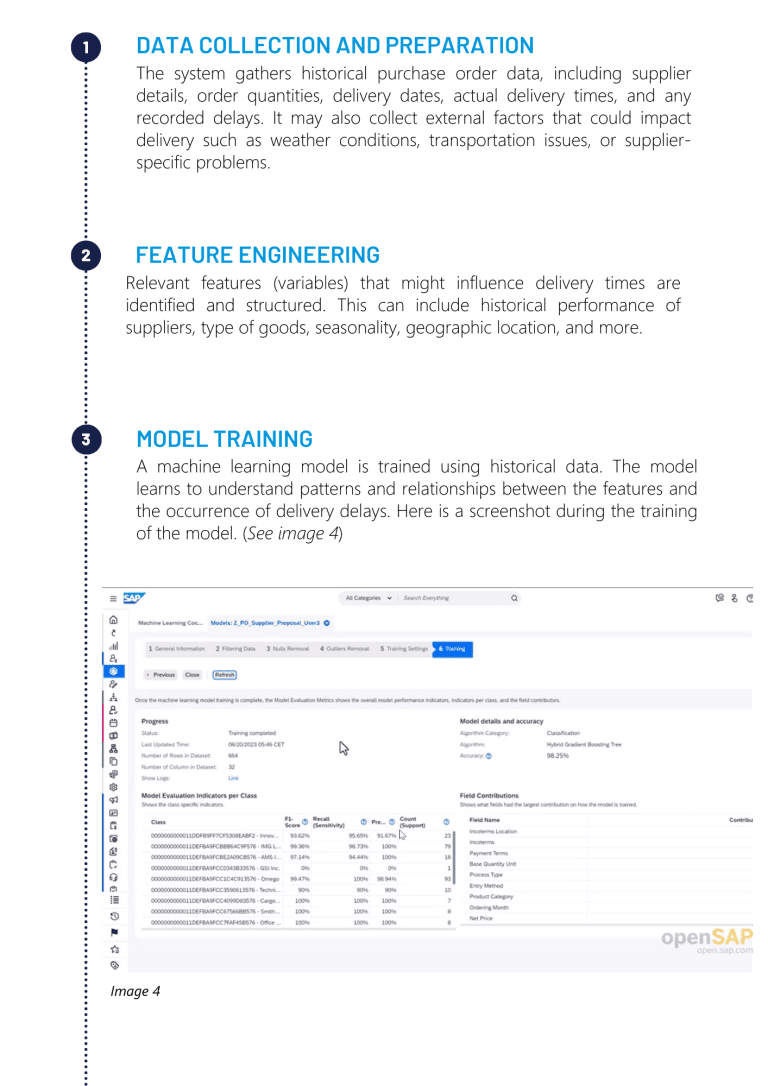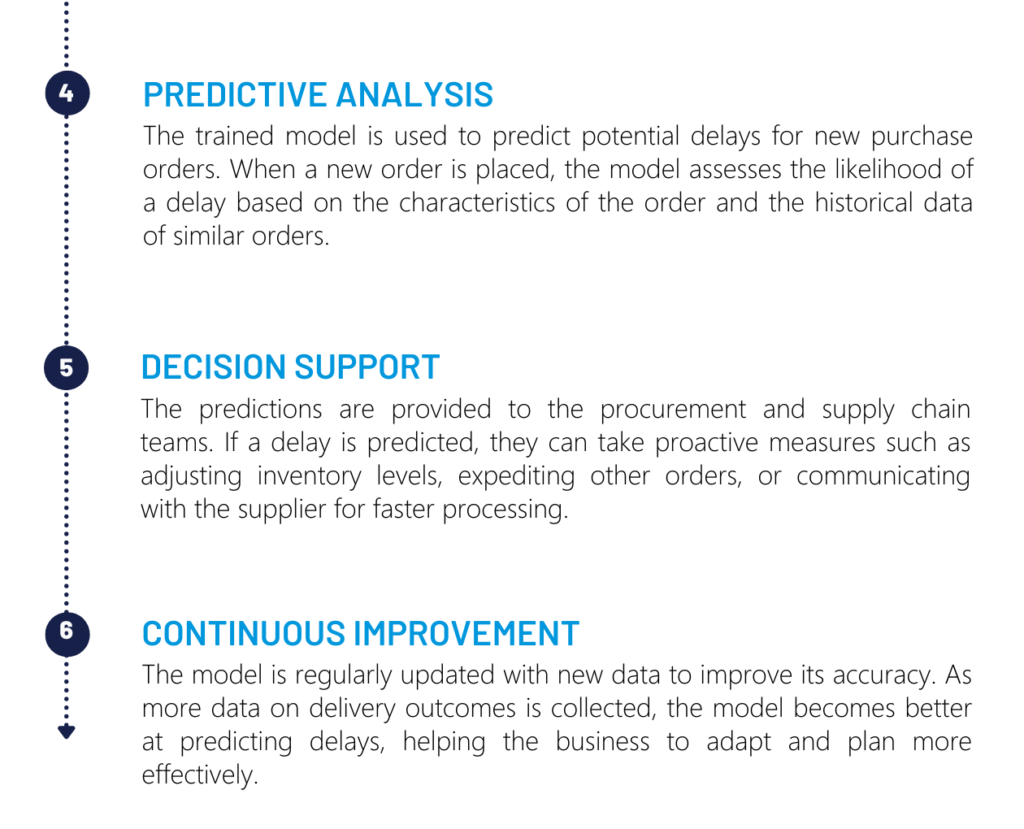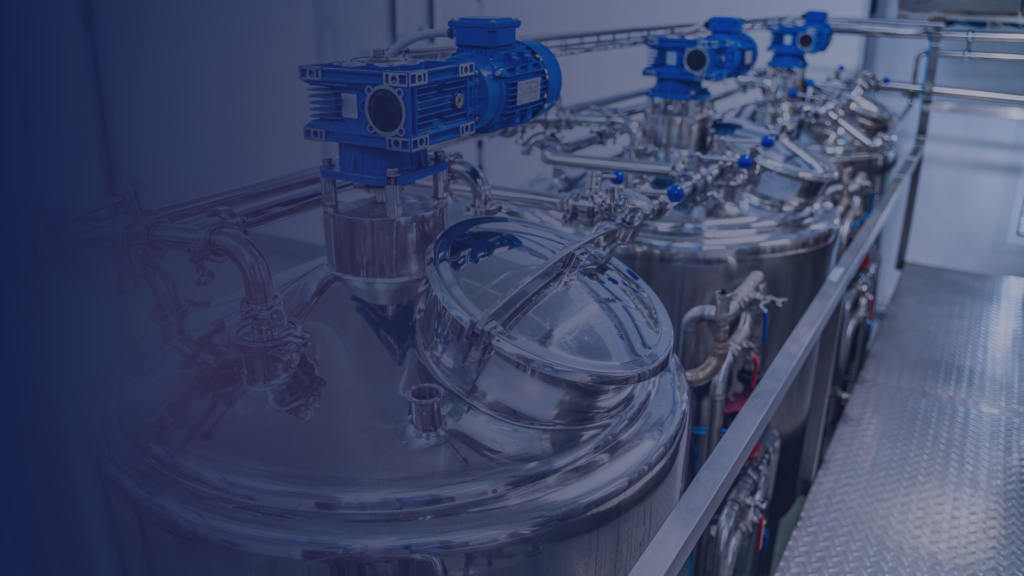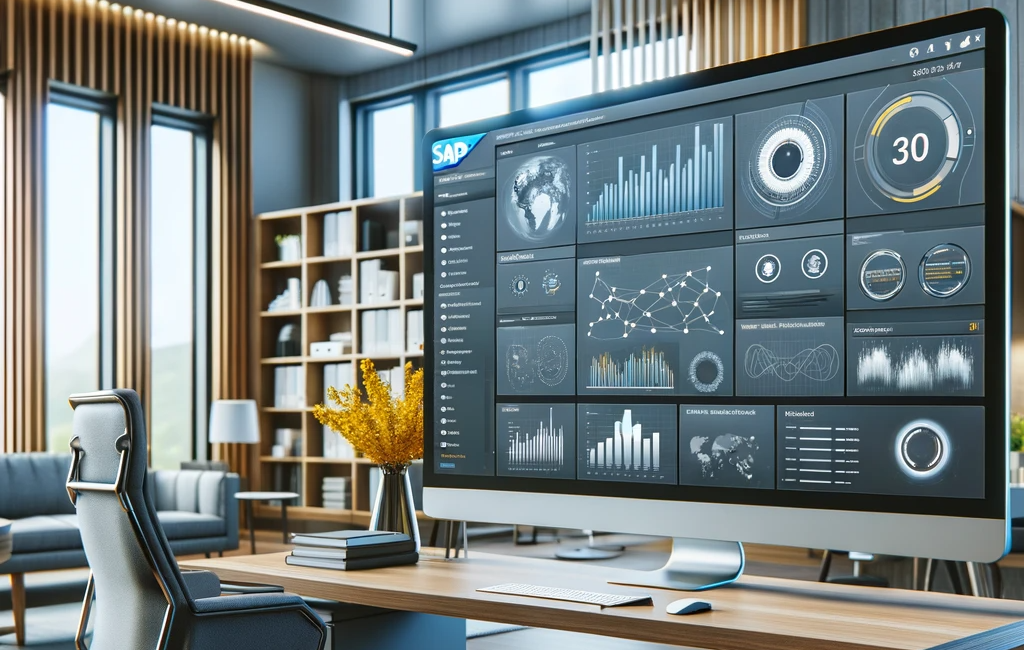
Carl-Janis Jean-Noël
In November 2022, SAP introduced the Machine Learning Cockpit (MLC) for the Business ByDesign solution. The primary goal is to provide users with a way to automate certain tasks and make more informed decisions through a tool designed to make machine learning more accessible and increase operational productivity. First, it is crucial to agree on the scope and meaning of what machine learning (ML) is. Here is a commonly recognized definition of machine learning according to IBM: “Machine learning is a branch of artificial intelligence (AI) and computer science that focuses on the use of data and algorithms to imitate the way humans learn, gradually improving its accuracy. “
Are you wondering how artificial intelligence (AI) can revolutionize your business? How can it optimize your processes, reduce costs, and accelerate decision-making? re you curious to discover what competitive advantage AI can offer you and how it can transform ERP systems such as SAP to boost your growth? If these questions resonate with your professional aspirations, then this article is for you. It will provide you with insights to answer these questions, by exploring the capabilities of the machine learning cockpit and how it can be advantageously integrated into a professional context.
To address these questions, SAP first defined a 7-step model for developing and deploying the machine learning model. More specifically, these 7 incremental steps, ranging from data collection to training the ML model and its deployment, are presented in detail in the table below as well as in a diagram (see image 1) :
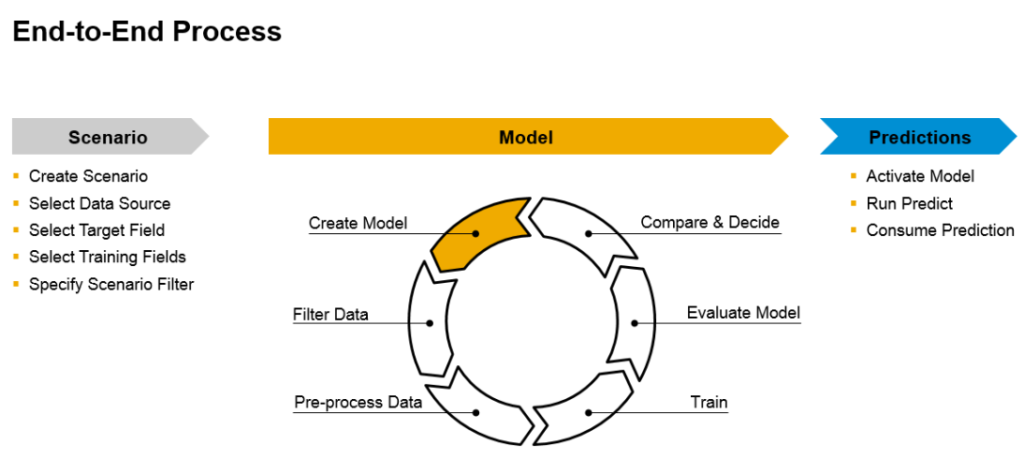
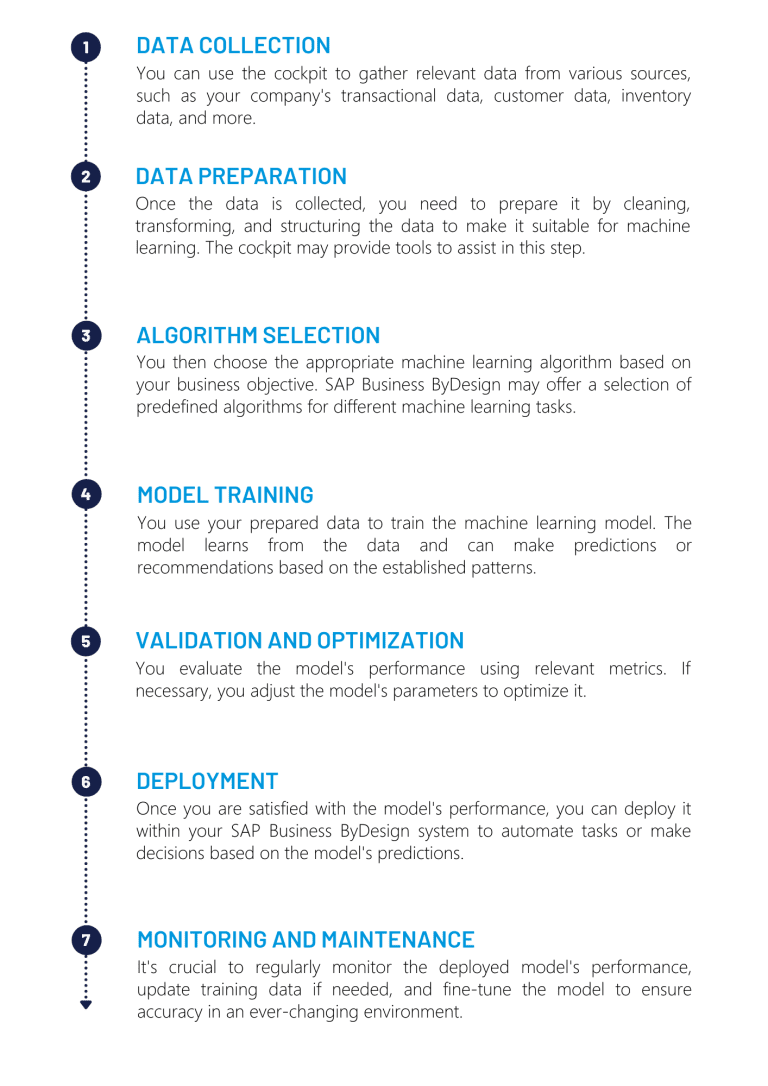
Now, how can we practically apply the principles of machine learning with an ERP? SAP has recently published a training course presenting concrete examples of value-added applications for its clients. The following section will present two examples illustrating the potential of AI in ERPs.
The first use case of the MLC is the suggestion of a supplier in a purchase order; this aims to automate and optimize the process of selecting the best suppliers. This process is broken down into 6 steps:
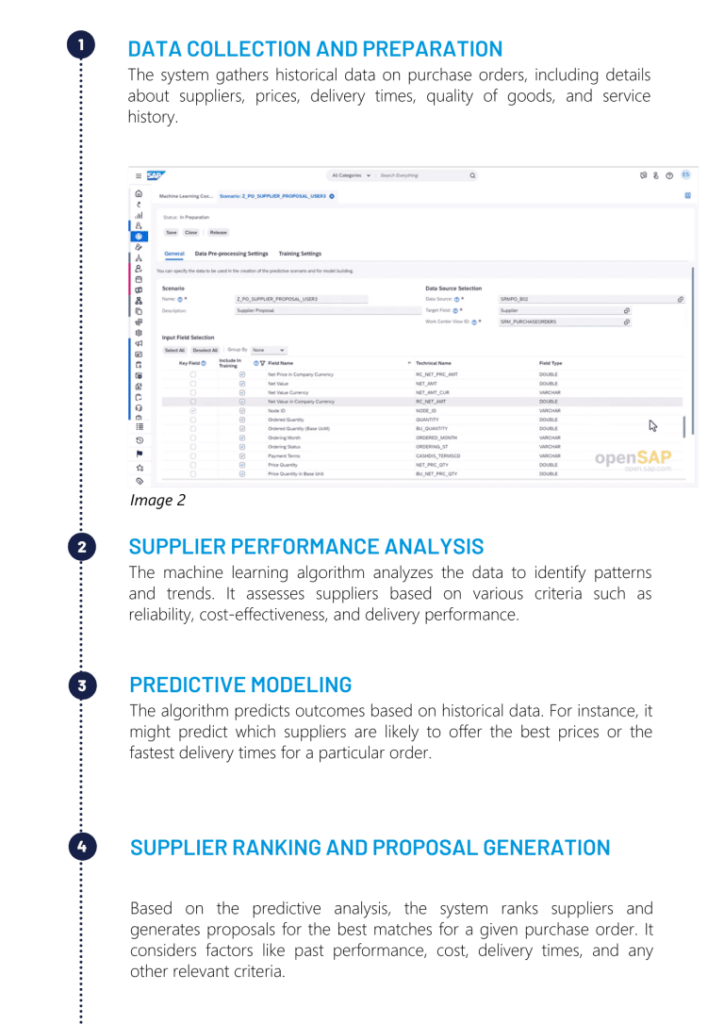
Here is an image of the purchase order screen where a supplier is suggested for an item following the training of the machine learning cockpit.
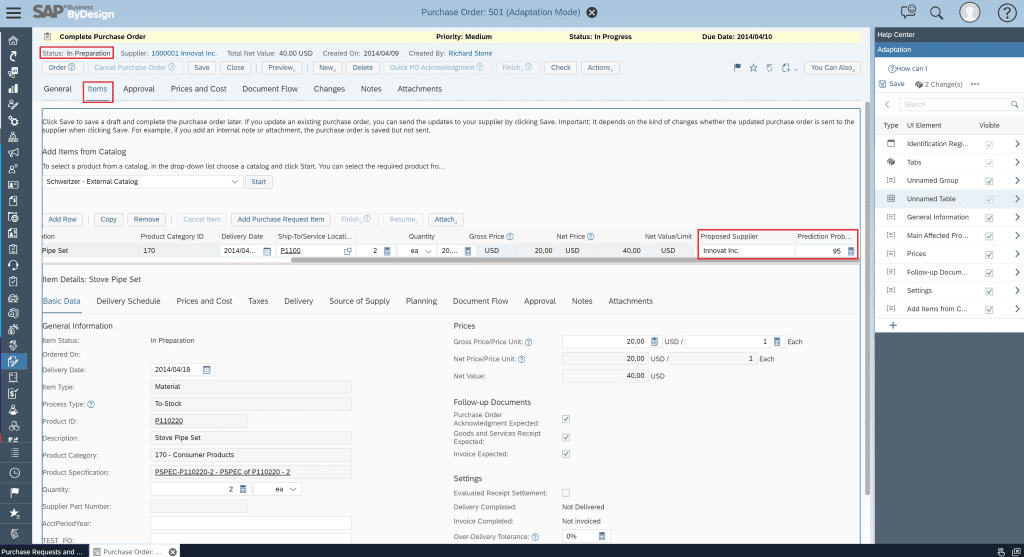
The second use case of the MLC is the prediction of delivery time for a purchase order. This can be useful for efficiently managing inventory, ensuring the smooth running of operations, and maintaining optimal customer satisfaction.
Here is an image of the purchase order screen where a delivery time is estimated for an item following the training of the machine learning cockpit.
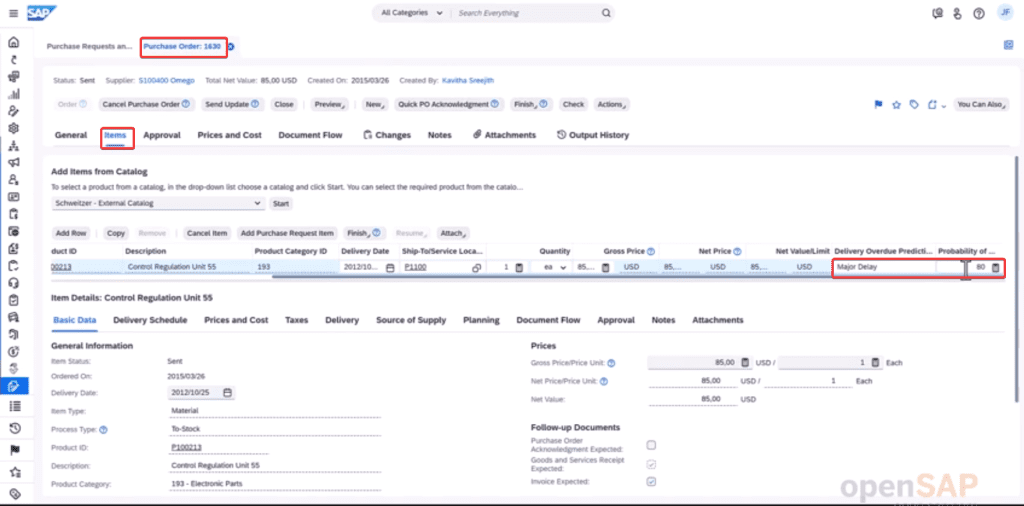
To conclude, the MLC of SAP Business ByDesign is a new tool that will enable companies to optimize their organizational processes through artificial intelligence. It represents a novel way of interacting with data to automate specific tasks and make informed decisions. With use cases such as supplier proposals or the prediction of delivery times, the cockpit demonstrates its potential to improve performance, accuracy, and operational efficiency. As businesses face a changing and increasingly complex environment, a solution like the machine learning cockpit becomes essential to remain competitive in the market, offering unmatched adaptability and foresight.

